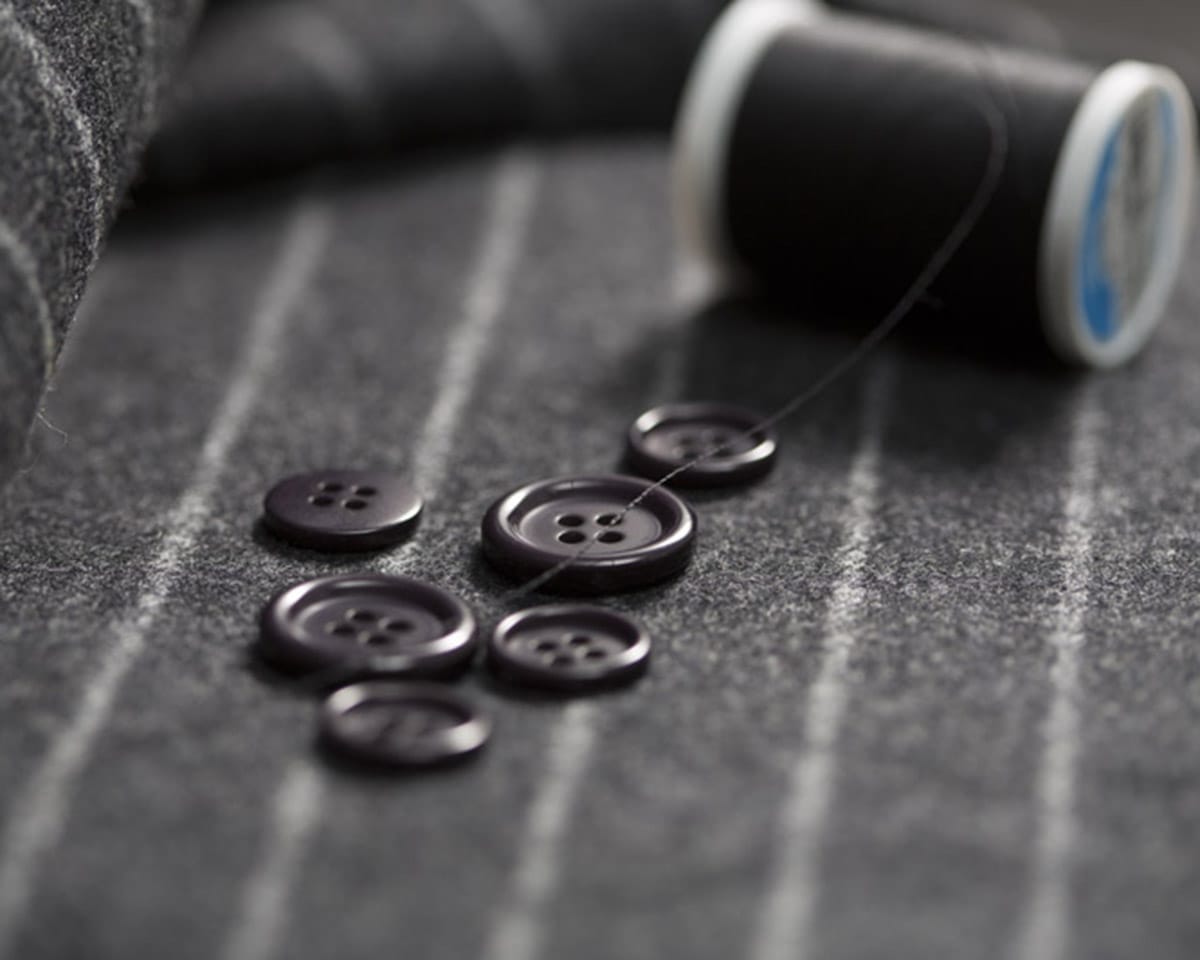FROM OUR FEBRUARY ISSUE: COPYRIGHT LAW IN FASHION—WHAT’S ACTUALLY PROTECTABLE

The entire MR team is proud to present our February 2024 issue. You haven’t gotten your copy yet? Feel free to page through a digital copy at Issuu, and we’ll continue to post individual stories here on MR-mag.com. If you haven’t been getting MR in print, be sure that you are on our mailing list for future issues by completing this form.
In this column, MR’S contributing writer Douglas Hand—partner at the fashion law firm HBA LLP and professor of fashion law at NYU School of Law—answers readers’ legal questions.
Q. Any online shopper today knows how quickly knock-offs appear after runway shows, often at a fraction of the designer’s price. How is this legal? Aren’t original designs somehow protected?
A. Copyright law stems from the provision in the U.S. Constitution that states that Congress shall have the power to “promote the Progress of Science and useful Arts, by securing for limited times to Authors and Inventors the exclusive Right to their respective Writings and Discoveries.” Of course, copyright law does not only protect “writings” but many other types of artworks. Fashion and clothing design would presume to be protected under that reasoning. After all, what qualifies more as art than the ingenious works created by designers to clothe the human body, countless numbers of which are featured in art museums?
However, U.S. copyright law has a largely different view of whether fashion designs are protectable art under the law. The design of clothing, as a rule, is considered a “useful article” with an “intrinsic utilitarian function,” and useful articles are not protected under copyright law. Therefore, the particular shape and cut of fashion designs are rarely considered protected under copyright law. It is only where an element of a piece of clothing is applied to the clothing and separable from it that the element would not be considered a useful article. In that case, the applied element may be subject to copyright protection. A curious and, for most fashion designers, vexing distinction.
The most common application of this rule is where there are pictorial or graphical elements printed on the fabric of a fashion design (most often on items like T-shirts and hoodies). Those elements are not the unprotectable design of the clothing but are instead applied to the useful article much the same way that a protectable painting is applied to a useful article such as a blank canvas. However, the difficulty that fabric designers sometimes face is a claim that their works are not sufficiently original to merit copyright protection. Copyright law only protects artwork that originates from a particular artist and, therefore, does not protect common patterns, such as polka dots, checkerboard, or houndstooth. Fabric designers bringing copyright claims are often accused of copying their works from public domain sources, rendering them indistinguishable from other arrangements of stripes, shapes, and colors.
As unsatisfying to fashion designers as it is, the applicable test for protectability is whether a design element (1) can be seen as two- or three-dimensional works of art separate from the fashion item itself and (2) qualifies as a protectable pictorial, graphic, or sculptural work either on its own or fixed in some other tangible medium. This “separability test” essentially looks at whether the artwork can, conceptually or physically, be separated from the fashion item and stand alone as an independent work of art.
Most historically great fashion designs would not meet this standard – much to the consternation of designers. Perhaps this accounts for how often the fashion cycle changes, and, of course, this low level of protection gives consumers ample versions of the same design from which to choose.
Send your fashion law questions for Douglas to dhand@hballp.com.
Photo, top, courtesy of Gladson, Ltd.








